By Aaron Derr
There are more than 135 merit badges. By earning them, you can learn about sports, crafts, science, trades, business, and future careers. Here’s how to get the most out of your merit badge experience.
#1: Pick a Good Subject
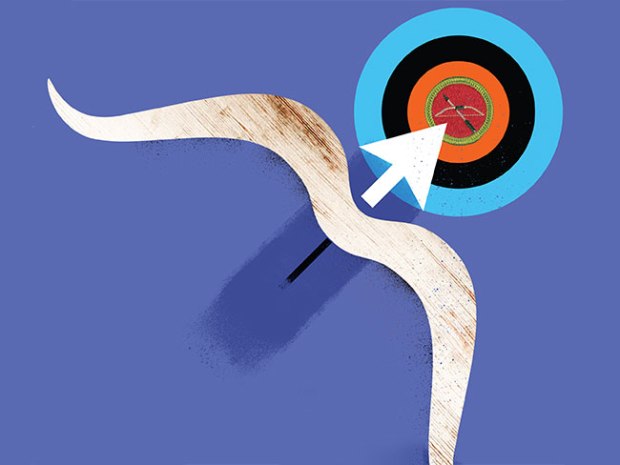
There are two ways to think about choosing a merit badge to pursue.
The first is to choose something with which you’re already familiar. Do you like sports? There are merit badges in Athletics, Golf and Personal Fitness. STEM? Try Digital Technology, Electronics and Robotics. Do you enjoy art? Think about Art, Graphic Arts and Sculpture. Chances are, whatever you like, there’s a merit badge for that.
Another option is to choose something you aren’t familiar with in an effort to broaden your horizons. Never fished with a fly rod? Try Fly-Fishing. Never experienced Whitewater? There’s a badge for that, too.
#2: Feeling Blue?
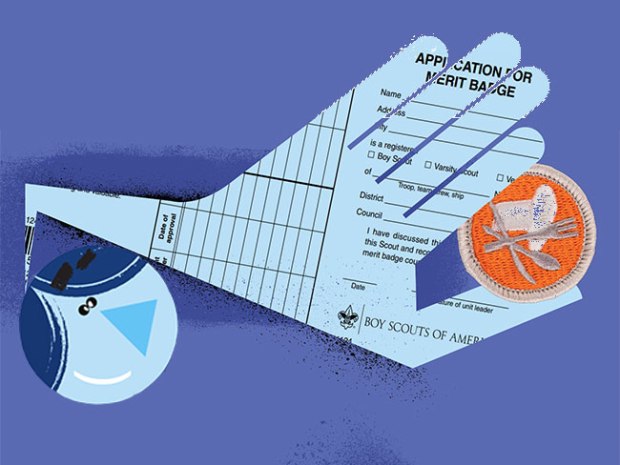
The Application for Merit Badge (more commonly known as the “blue card”) is the nationally recognized merit badge record. Your unit leader should sign first on the front and then give you the entire card. From there, it’s up to you to arrange a meeting with your counselor.
Although you can begin work on a merit badge at any time, it’s the counselor’s decision whether to accept that work, so it makes sense to review the requirements with your counselor before pursuing them.
Your counselor will sign your blue card when they’re satisfied that you’ve met all the requirements. Then you must take your card to your unit leader and discuss your experience.
#3: A Reminder About Prerequisites
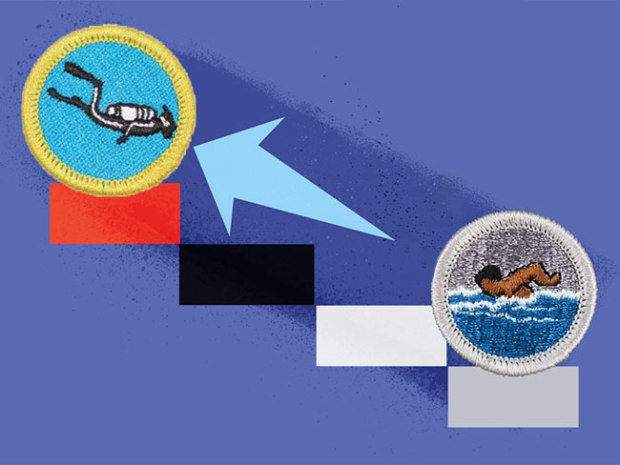
Some merit badges appear to have requirements that must be satisfied before beginning work on the badge. The Emergency Preparedness merit badge, for example, requires the earning of the First Aid merit badge. But since the requirement does not state that First Aid must be earned before beginning work on the other Emergency Preparedness requirements, it is not, by definition, a prerequisite. It is just another requirement.
Make sense?
One exception is with Scuba Diving and Swimming. Requirement 2 for Scuba Diving clearly states the Scout must earn the Swimming merit badge before completing the remaining requirements.
#4: There Are 17 Eagle-Required Merit Badges Available
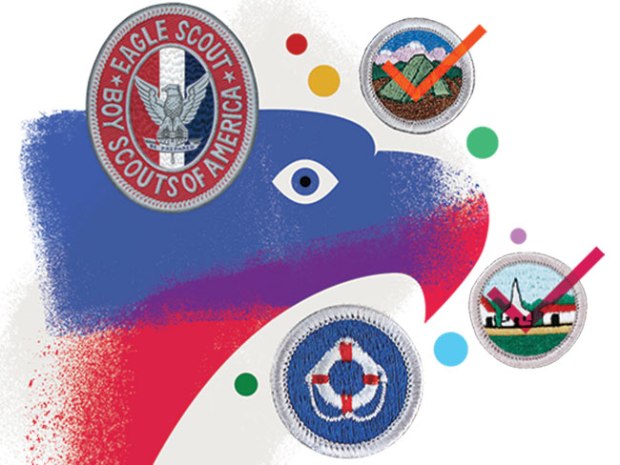
Thirteen merit badges from this list are required to earn Eagle. Not surprisingly, these are the most common merit badges earned. Based on the latest data available at the time of this magazine’s publication, the most popular merit badges are First Aid, Swimming, Citizenship in the World, Environmental Science, Citizenship in the Nation, Cooking, Camping, Communication, Personal Fitness and Personal Management.
The BSA has installed “checkpoints” on your trail to Eagle to make sure you are headed in the right direction. For example, the rank of Star requires you to earn six merit badges (including four from the Eagle-required list). Life requires five more (including three more from the Eagle-required list). And Eagle requires an additional 10 (including six more from the Eagle-required list) to complete a total of 21 merit badges.
#5: Read the Pamphlet
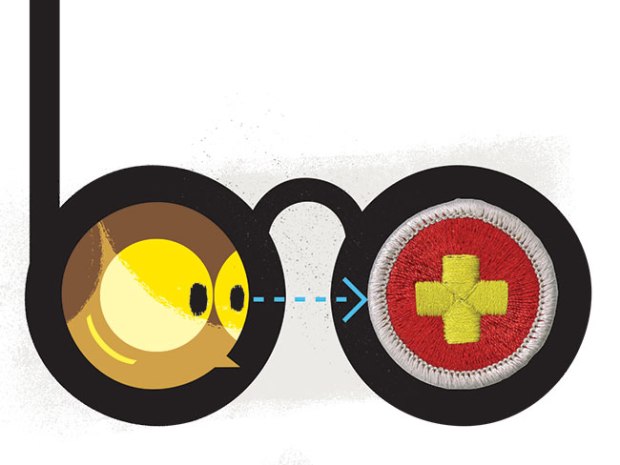
Seriously, people. Read. The. Pamphlet. They’re available at Scout shops, through scoutshop.org and maybe in your troop library. There’s all kinds of good stuff in there that your counselor might not have time to cover, especially if you’re attending a one-time class on that merit badge. And speaking of merit badge classes, most counselors will come up with a list of requirements that must be done in advance and maybe a second list of requirements that should be done after the class.
Have questions about those requirements? Read. The. Pamphlet.
#6: Some of Your Requirements Might Already Be Done
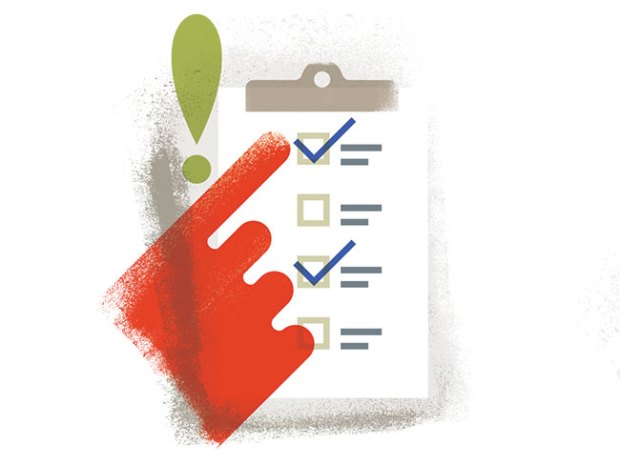
It’s OK if you started work earlier on a subject you were interested in. Just be sure and review your work with your counselor. Some requirements can be satisfied by schoolwork or by participating in non-Scout extracurricular activities as long as you were a registered Scout at the time.
The most obvious one is Scholarship, which requires you to show an improvement in grades and demonstrate good leadership skills at school. If you have found and read six books from a variety of genres, you’ve completed a requirement for Reading.
Are you active in your school theater? You’ve probably completed some requirements for the Theater merit badge. Do you play on a sports team? You’re on your way to earning Sports. Just remember: Don’t assume anything. Talk with your counselor to make sure you’re doing what you need to do to get credit for these activities.
#7: Let’s Call the Others “Rare”

Calling them “unpopular” just seems rude.
The rarest merit badges to earn are Bugling, American Business, Surveying, American Labor, Stamp Collecting, Drafting, Journalism, Composite Materials, Gardening and Landscape Architecture. Dare to be different and earn one (or more!) of these.
#8: Beware of Unofficial Merit Badge Worksheets
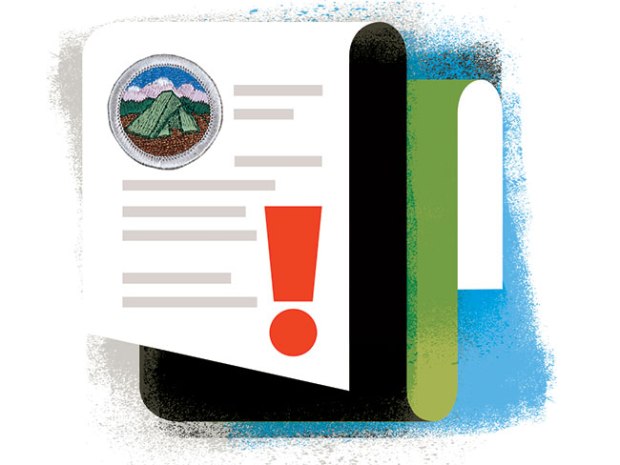
Printable documents available from non-BSA websites aren’t necessarily against the rules — as long as you’re still fulfilling the requirements of the badge.
The problem comes with requirements like “discuss,” “show,” “explain” and “identify.” By filling out a worksheet, you aren’t “discussing” anything with anyone. Worksheets are good for organizing your thoughts and fulfilling requirements that must be done in writing. That’s it.
#9: Working With Your Counselor
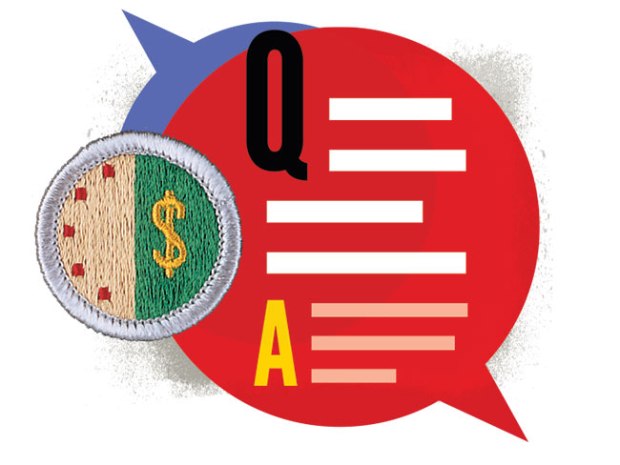
Many troops have their own list of counselors. Set up a meeting with your unit leader to talk about which badge you’re interested in. After your discussion, your Scoutmaster should provide you with contact information for a counselor.
When working with a counselor, always use the buddy system. If you email a counselor, copy a parent or trusted adult on the email. When meeting in person with a counselor, always have someone with you. Why not grab another Scout so you can work on the badge together? These actions ensure the current youth protection policies are being followed.
RECOMMENDED MERIT BADGE PROCESS
Below is the official BSA-recommended process of earning a merit badge. Your personal experience may vary.
1. The Scout develops an interest in a merit badge and may begin working on the requirements.
2. The Scout discusses interest in the merit badge with the unit leader.
3. The unit leader signs a blue card and provides the Scout with at least one counselor contact.
4. The Scout — with a buddy — contacts the counselor.
5. The counselor considers any work toward requirements completed before the initial discussion with the unit leader.
6. The Scout, their buddy and the counselor meet (often several times).
7. The Scout finishes the requirements.
8. The counselor approves completion.
9. The Scout returns the signed blue card to the unit leader, who signs the applicant record section of the blue card.
10. The unit leader gives the Scout the applicant record.
11. The unit reports the merit badge to the council.
12. The Scout receives the merit badge.